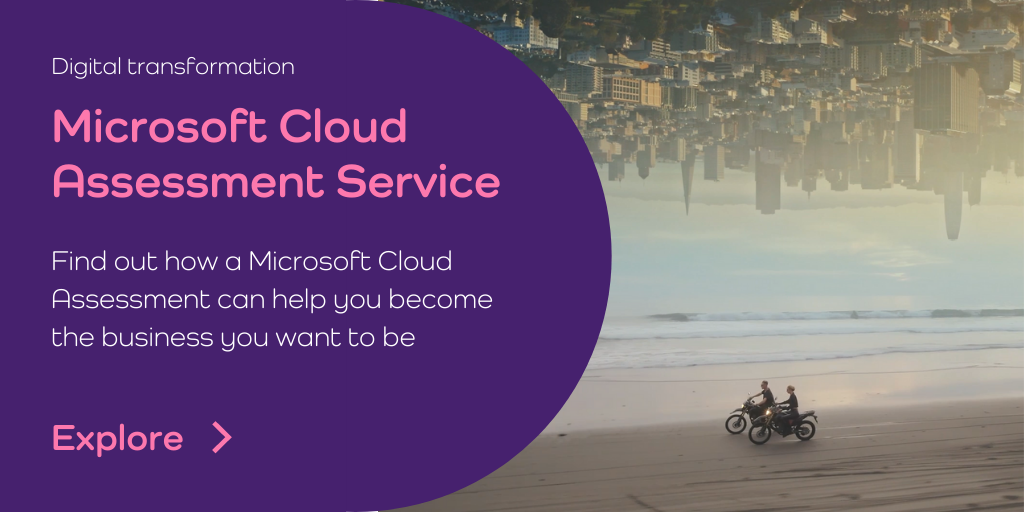As an IT manager you know why migrating to the cloud is a good idea. But it can be difficult to convince senior business leaders that they should invest in cloud migration.
Leadership buy in is, of course, essential for getting sign off on budget, but it’s also essential for successful digital transformation. Migrating to the cloud involves a cultural change and you need senior leaders on side to provide support and get buy in from all users. They’ll need to publicly support the cloud migration project and change adoption programmes. They’ll also need to be able to explain the benefits of digital transformation both for the organisation, its customers and its employees.
Cloud migration – ways to get leadership buy in
Below we share some tried and tested ideas to get buy in from your leadership team, and in the process convert them into your best cloud migration champions!
Executive Sponsor
Often it’s the CEO or CFO that would prefer to maintain the status quo and keep IT in the dark ages. Yes, this is a generalisation and there are plenty of examples of progressive leaders who are flying the flag for digital transformation. However, if you’re going to meet resistance it may come from these quarters where concerns about costs, disruption and potential failure can result in inaction.
Therefore it’s a good idea to identify someone else who ‘gets it’ and will be your Executive Sponsor. Your CTO or CIO are a good bet. Whoever they are, they need to be highly respected and an accessible executive with the vision to lead a cultural shift within the organisation. If they’re a cloud novice you’ll need to give them a crash course. Or book a cloud assessment with Cloud Business to explore cloud migration with your Executive Sponsor. Click here >
Use cases
As an IT professional the reasons you want to migrate to the cloud may not be the same reasons that will really engage the leadership team. So it’s important to put yourself if their shoes and identify use cases that will resonate with them.
Common cloud migration use cases include:
Cost savings. Saving money will always be a strong motivating factor for cloud migration, but it may be hard for business leaders to see where the savings lie when you’re asking for budget to kick start your cloud strategy. Demonstrating ROI can be challenging, so a good place to start is to compare cloud costs with your existing legacy systems.
Security is another factor that will get the leadership team’s attention. Legacy systems are vulnerable to threats once support has ended and patches and upgrades are no longer available. According to a 2019 Accenture report, the average cost of cyber crime grew by more than $1 million in 2018 to $13 million (approx £9.9 million) per organisation. A few facts and stats exploring legacy vs cloud will help you make the case for cloud migration from a security perspective.
Governance could be a reason that piques interest in cloud migration with senior leaders; although some people are under the misconception that it’s harder in the cloud. In many cases a cloud solution can actually improve governance in your organisation. Traditional IT solutions and their governance frameworks are often designed for a specific department. Whereas a cloud governance framework allows your organisation to create policies and standards that everyone follows, regardless of role, department or location.
Access and managing users is probably one of your key reasons for cloud migration and one that business leaders will also understand. Legacy solutions often provide far too many entry points where ex-employees and others may get access to data and systems. Controls to prevent users from gaining access to privileged information may also be limited. With the cloud you’ll get robust IAM tools that resolve this issue and ensure your organisation is compliant and secure.
Productivity and collaboration gains are popular reasons for cloud migration, but if you use these business use cases make sure you relate them to the bottom line. Increasing productivity and collaboration equates to more work done and ultimately more revenue generated.
Mobility. Is there a business strategy to promote mobility and create a more agile workforce? If the senior leadership team want to give employees better work-life balance by introducing remote working, or recruit people who work from home, local hubs or anywhere in the world, they need the technology to achieve this.
Global growth. Similarly if your organisation is expanding or growing overseas, cloud solutions are an enabler for global growth. Not only is it much easier to provide employees in another location with the technology they need to work, but it also helps promote collaboration across a global workforce.
Day in the life demonstrations
In our experience a ‘day in the life’ demonstration is a game changer. By showing your leadership team, or Executive Sponsor, exactly how cloud solutions can transform working practises and deliver the benefits outlined above, they can really see the business benefits and wins.
There are plenty of cloud solution demos and videos online that go some way to providing a walk through, but these may not specifically address the use cases you’ve identified as important to your leadership team.
However, many cloud solutions providers will tailor a demo for your needs and make it more relevant to your organisation. We do this as part of our cloud assessment workshop. We’ll first schedule a briefing call where you can discuss what you want to get out of the day, your requirements and any challenges (such as getting buy in). Then we can tailor the ‘day in the life’ demo to common scenarios that your organisation experiences.
More details about cloud assessment workshops can be found here >
Proof of Concept (PoC) trials
PoC trials are often performed as part of a cloud migration project. This generally involves migrating part of your IT portfolio to the cloud to test whether it works and delivers the expected benefits.
Choosing what to test is really important. While you’ll want to select an area that isn’t business critical, at the same time the purpose of a PoC trial is to prove cloud migration can deliver the benefits you want.
Therefore you’ll need to identify an application that isn’t high risk but is valuable enough to demonstrate tangible results and provide useful insights to inform your cloud strategy.
Cloud assessment workshops
As mentioned above, a cloud assessment workshop is an excellent way to explore cloud solutions with decision makers. Make sure the cloud solution provider is offering a workshop that’s tailored to your organisation’s needs – not a one-size-fits-all assessment – as this will deliver the most value.
From this exercise you should expect a high level overview of how your business would migrate to the cloud including:
- An analysis of your existing infrastructure
- Recommendations and next steps covering:
- Identity and security; email migration; file migration; user training; admin training to support usage and adoption; managed support
- Current challenges affecting your business and how these may be offset by a move to the cloud
If this sounds like a good idea to get buy in with your leadership team, click here and complete the form to get started.
Alternatively, give us a call or drop us an email to discuss your requirements (and challenges) in more detail.







